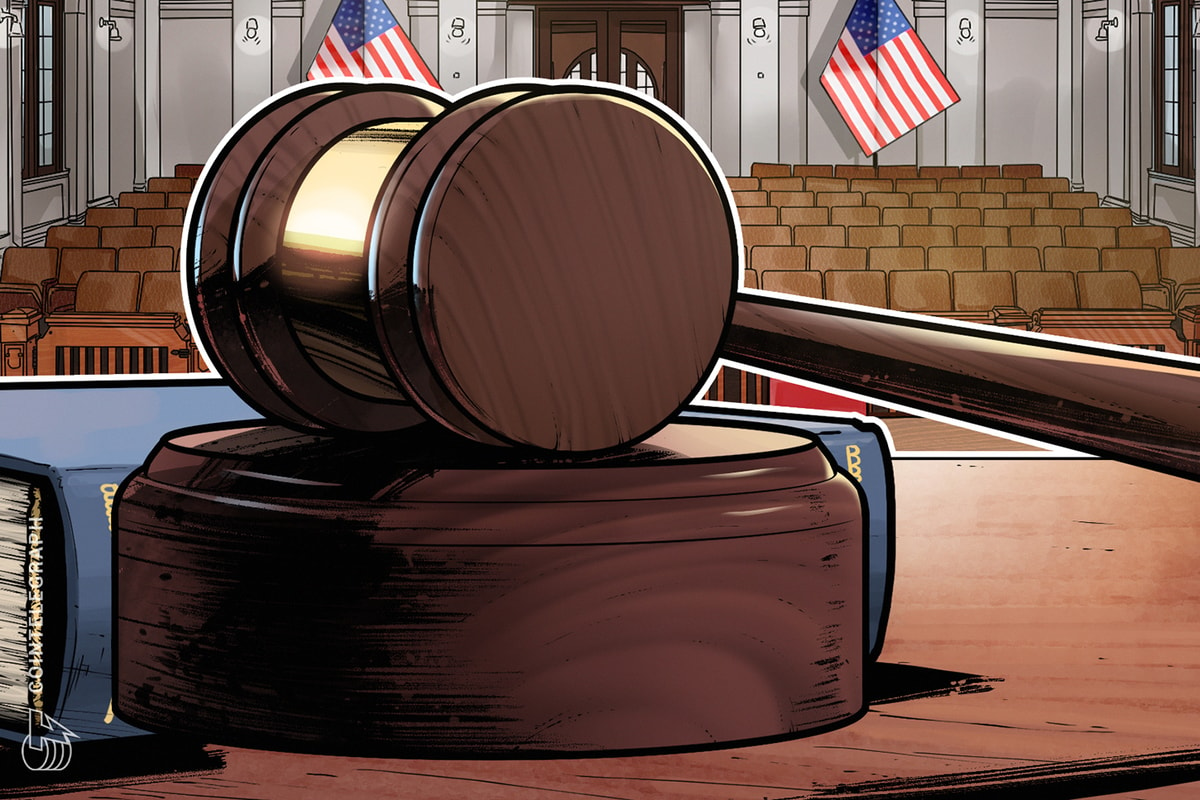Several US banking teams led by the Bank Policy Institute (BPI) urged regulators to shut what they are saying is a loophole that would not directly enable stablecoin issuers and their associates to pay curiosity or yields on stablecoins.
In a Tuesday letter to Congress, BPI warned {that a} failure to shut the so-called loophole within the new stablecoin legal guidelines below the GENIUS Act may disrupt the movement of credit score to American companies and households, probably triggering $6.6 trillion in deposit outflows from the standard banking system.
The GENIUS Act prohibits stablecoin issuers from providing curiosity or yield to holders of the token; nevertheless, it doesn’t explicitly lengthen the ban to crypto exchanges or affiliated companies, probably enabling issuers to sidestep the regulation by providing yields by these companions, the teams stated.
Offering yield is among the largest advertising and marketing pulls that stablecoin issuers have to draw customers. Some provide yield natively for holders whereas others, akin to customers of Circle’s USDC (USDC), are rewarded for holding the stablecoin on exchanges akin to Coinbase and Kraken.
The banking teams are seemingly involved that the vast adoption of yield-bearing stablecoins may undermine the banking system, which depends on banks attracting deposits with high-interest financial savings merchandise as a way to again the loans they make.
Stablecoins may undermine credit score system, bankers say
In the letter, additionally signed by the American Bankers Association, Consumer Bankers Association, Independent Community Bankers of America and the Financial Services Forum, BPI famous stablecoins are basically completely different from financial institution deposits and cash market funds as a result of they don’t fund loans or spend money on securities to supply yield.
“These distinctions are why fee stablecoins shouldn’t pay curiosity the best way extremely regulated and supervised banks do on deposits or provide yield as cash market funds do.”
Allowing funds of curiosity or yield on stablecoins may result in $6.6 trillion in deposit outflows, BPI famous, citing a US Treasury report from April.
Such a big shift within the monetary system may pose a critical threat to America’s credit score system, BPI added.
“The end result will likely be higher deposit flight threat, particularly in instances of stress, that can undermine credit score creation all through the economic system. The corresponding discount in credit score provide means larger rates of interest, fewer loans, and elevated prices for Main Street companies and households.”
Stablecoin market nonetheless a fraction of US cash provide
The complete market cap of stablecoins at present sits at $280.2 billion, a fraction of the US greenback cash provide, which the Federal Reserve reported as $22 trillion on the finish of June.
Related: Stablecoin legal guidelines aren’t aligned — and massive fish profit
The stablecoin market is greater than 80% dominated by Tether (USDT) and USDC at $165 billion and $66.4 billion, respectively, CoinGecko knowledge exhibits.
US President Donald Trump signed the GENIUS Act into regulation on July 18, which many crypto trade analysts say will increase US greenback dominance by selling stablecoins pegged to the greenback, rivaling different currencies and reinforcing the greenback’s position because the world’s main reserve foreign money.
The Treasury expects the stablecoin market to develop to $2 trillion by 2028.
Magazine: Bitcoin vs stablecoins showdown looms as GENIUS Act nears











